Top 10+ Most Mysterious Lost Cities In The World
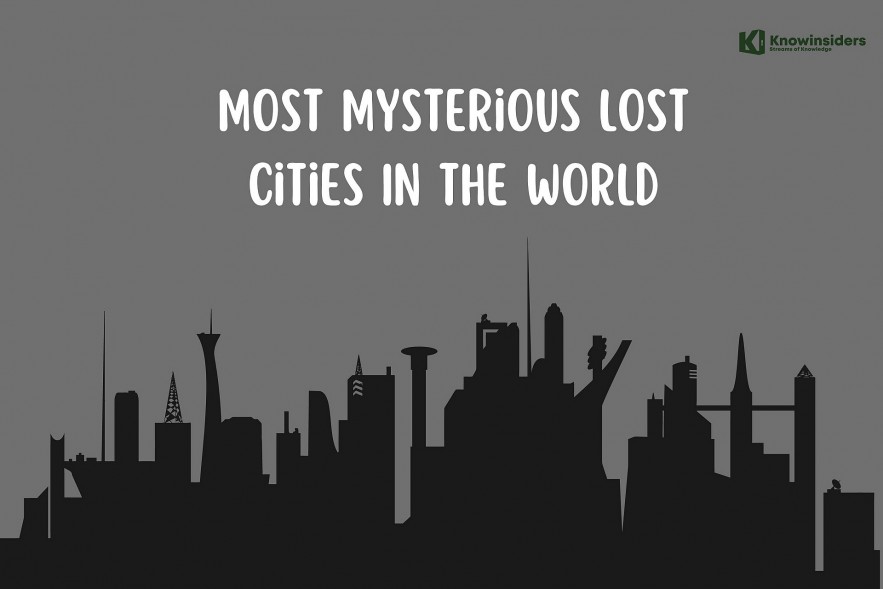 |
| Top Most Mysterious Lost Cities In The World. Photo: KnowInsiders.com |
| Contents |
One of our descendants may wonder about the nearby settlements when they see the remains of the Taj Mahal or the Statue of Liberty in the far future. Many of the cities of today wouldn't be shocking if they were already underwater by then. After all, history records numerous instances of ancient lost cities that were submerged under water, abandoned, or simply lost in the wilderness.
Top 10+ Most Mysterious Lost Cities In The World
1. Machu Picchu, Peru
 |
| Photo Getty |
After lying hidden for centuries above the Urubamba Valley, one of the most well-known lost cities in the world, Machu Picchu was rediscovered in 1911 by Hawaiian historian Hiram. Completely self-sufficient, the "Lost City of the Incas" is hidden from view below and is irrigated by natural springs while being encircled by terraced fields. Before being rediscovered in 1911, it was mainly unknown to the outside world, despite being well-known locally in Peru.
Clued in clouds and surrounded by soaring mountain peaks above the Urubamba Valley, Machu Picchu is one of the most enigmatic "lost cities" and was stumbled upon by American historian Hiram Bingham in 1911. While searching for Vilcabamba, another lost city, Bingham discovered what is unquestionably one of the most exquisite cities of the Inca Empire. Archaeologists believe it was abandoned as a result of the Spanish Conquest, as it was only inhabited between the 15th and 16th centuries. Currently a well-liked tourist destination, the strenuous hike through the Peruvian highlands is well worth it.
2. Ctesiphon, Iraq - the ancient Persian capital city
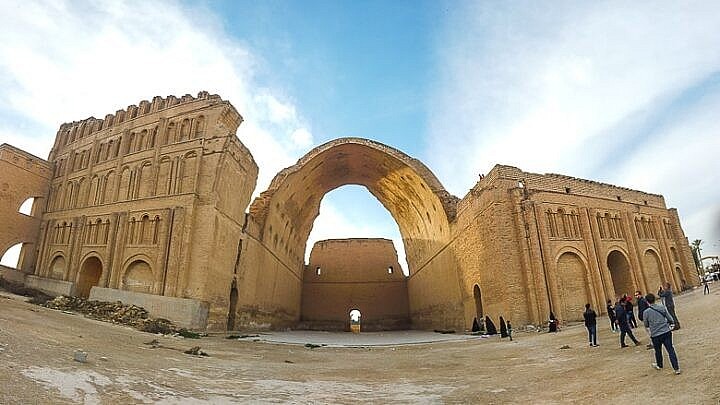 |
| Photo unusual traveler |
Situated near modern Baghdad on the Tigris River, Ctesiphon served as the capital of the ancient Persian Empire. The massive vaulted hall, which is centered by the largest brick arch in the world, is its showpiece and can be seen in the picture. Befitting a king, the throne room behind it measured 48 meters in length and 30 meters in height.
3. Babylon, Iraq
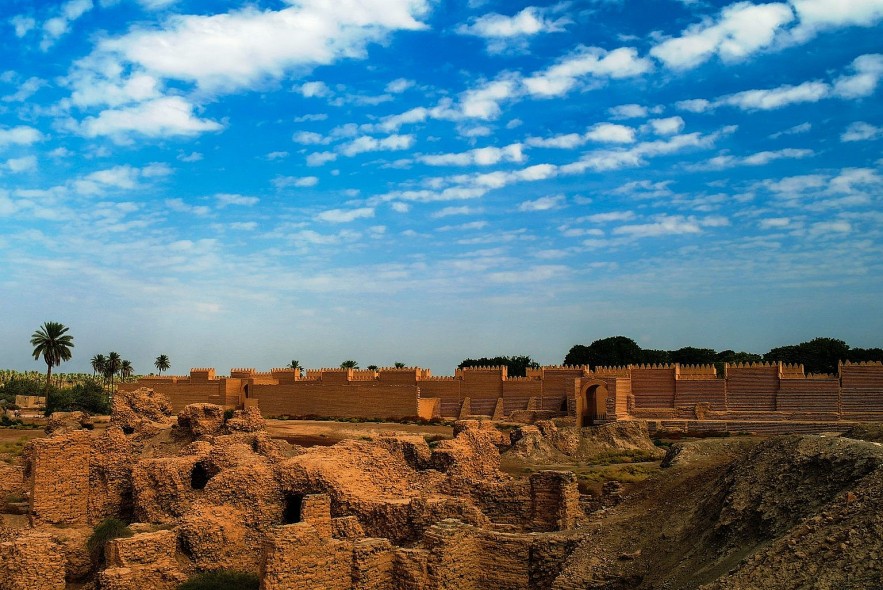 |
| Photo Getty |
The ruins of Babylon, which are located in present-day Iraq south of Baghdad, were once the site of the Hanging Gardens of Babylon, one of the Seven Wonders of the Ancient World. One of the earliest cities in Mesopotamia, it was built by a highly developed culture with a sophisticated linguistic, religious, and legal system.
During the infamous reign of Hammurabi, the city became known as the "holy city" of Mesopotamia, and it was there that much of the famous Hammurabi's Code was written. After several foreign occupations, Babylon was finally deserted and allowed to collapse into ruin.
4. Mohenjo-Daro, Pakistan
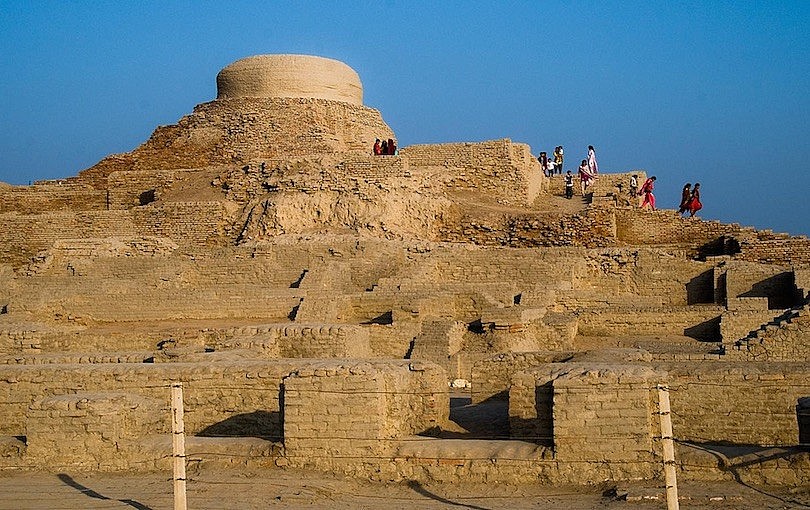 |
| Photo touropia |
The Indus valley civilization, which competed with the more well-known Greek and Egyptian civilizations to build Mohenjo-Daro circa 2600 BC. Its inhabitants are unknown, but it was once home to the first masters of civil engineering and town planning. Erosion now threatens the complex's homes, businesses, ramparts, and streets.
The term “An Ancient Indus Valley Metropolis” is occasionally used to describe it. Its carefully thought-out design is predicated on a grid of perfectly spaced streets. The city most likely had 35,000 citizens at its peak. The city's constructions were especially sophisticated, made of identically sized sun-dried bricks made of burned wood and baked mud. Around 1700 BC, Mohenjo-daro and the Indus Valley civilization disappeared from history completely, only to be rediscovered in the 1920s.
5. Angkor, Cambodia
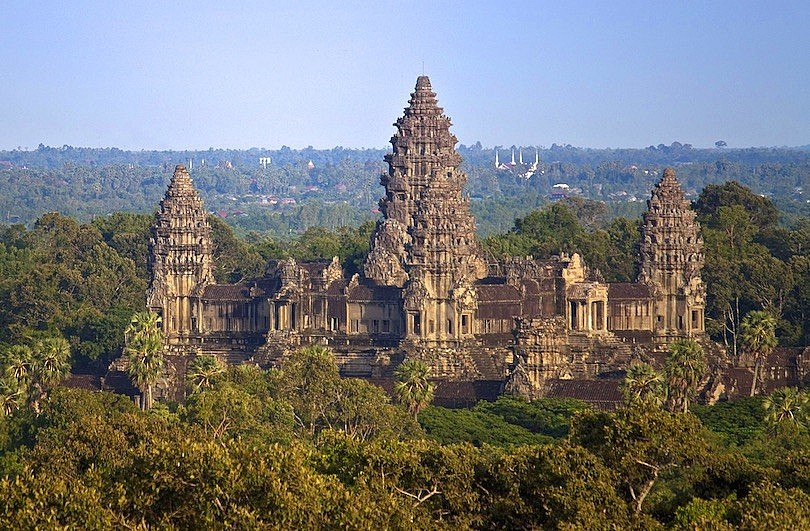 |
| Photo touropia |
Built by the Hindu Khmer king Jayavarman II, Angkor was a vast city tucked away in the Cambodian jungles that served as the capital of the Khmer Empire. Over a thousand temples make up the entire city complex, which is recognized as a UNESCO World Heritage Site and has had many of them restored. One of the most amazing buildings in the world, Angkor Wat welcomes millions of visitors each year. Using satellite images, a group of researchers examined the 1,000 square kilometer city in its entirety in 2007 and concluded that it was the world's largest pre-industrial city.
6. Dwarka, Gujarat
The submerged city of Lord Krishna is one of the mythical lost cities. The present-day Dwarka is claimed to be the 7th city, with first 6 submerged off its coast in the Arabian Sea. Archaeologists, however, have only succeeded in recovering ruins that date back to the 15th century BC.
Location: Gujarat
Established in: 1500 BC (estimated)
Abandoned in: 1443 BC (estimated)
Discovered in: 1983 AD
7. Tikal, Guatemala
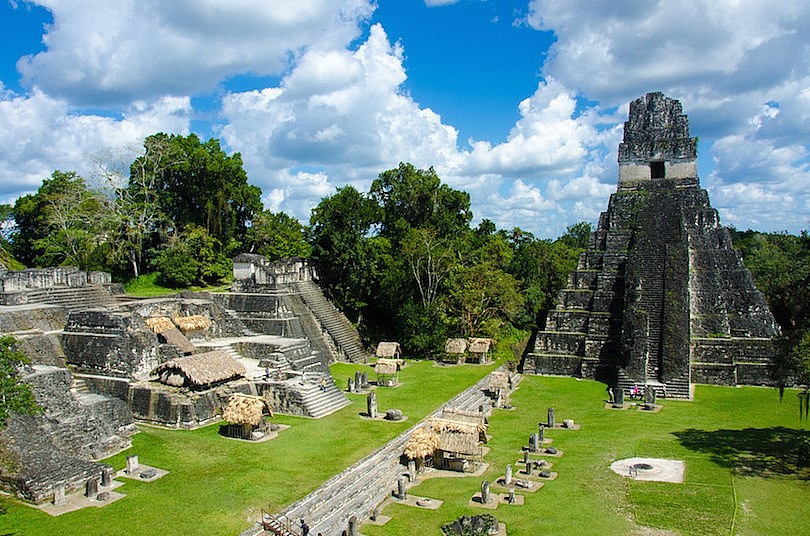 |
| Photo touropia |
After being abandoned over a millennium ago, the ruins of Tikal in Guatemala were rediscovered in 1853 by a gum sapper.
Once a warring state, Tikal rose to become one of the Maya kingdoms most powerful.
However, the recently discovered ruins were unique, set apart from the remainder of Tikal, and showcased the unique architecture found in Teotihuacan, which is located over 800 miles to the west.
National Geographic reports that the pyramid-shaped complex is believed to be a copy of the Citadel, a square at Teotihuacan.
8. Ani, Turkey
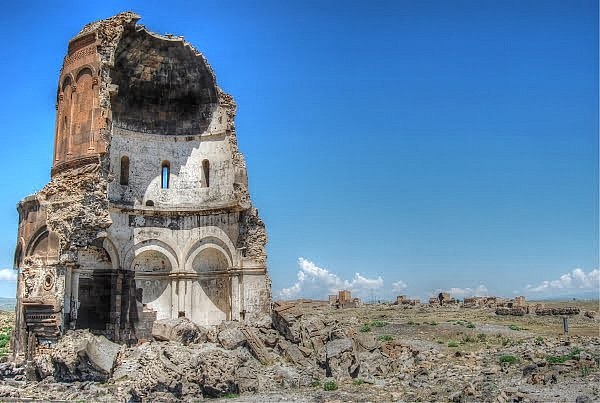 |
| Photo Turkish Travel Blog |
Known as The City of 1,001 Churches, Ani served as the seat of the Bagratid Armenian kingdom's capital in the tenth century. The city featured some of the most technologically and aesthetically sophisticated religious structures, palaces, and fortifications in the world at the time, and it was situated along several trade routes. A few of these buildings can still be seen amid the rubble from the Mongol invasion, the disastrous earthquake, and the city's final abandonment. Ani, a stunning representation of Armenia's rich past, is revered as a significant cultural, religious, and national heritage symbol by the Armenian people.
9. Pompeii, Italy
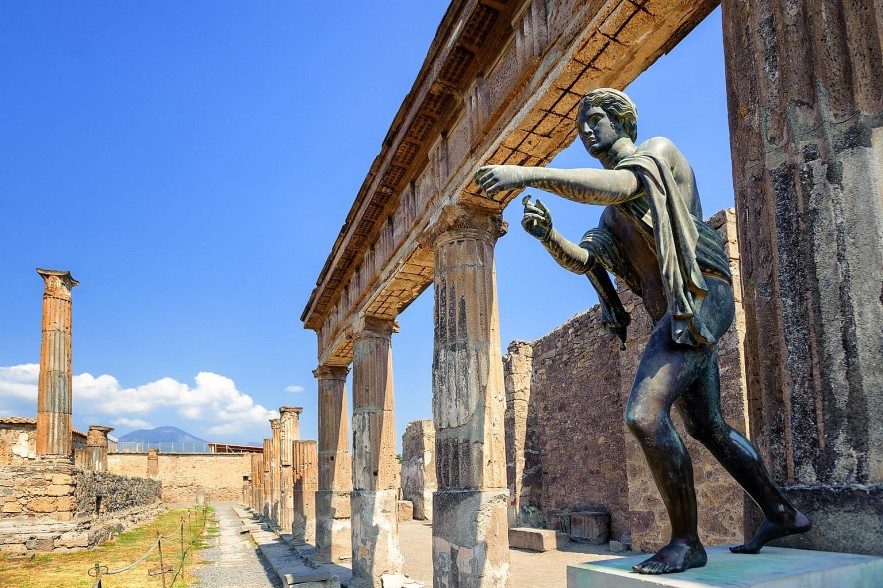 |
Because of the tragic tale of Mount Vesuvius' eruption in 79 AD, which left the entire city covered in ash and pumice, Pompeii is undoubtedly one of the most well-known lost cities in the world. The city was buried so quickly that it was largely preserved and appears to have been frozen in time, providing archaeologists with one of the best representations of an ancient Roman city. Pompeii was thought to be lost for 1,700 years, but local farmers found it again in 1749, and it has since grown in popularity with tourists. Visitors can now get a glimpse of Roman society through a calamity that once destroyed a community. 10. Carthage, a historic port city in Tunisia
11. Petra, Jordan
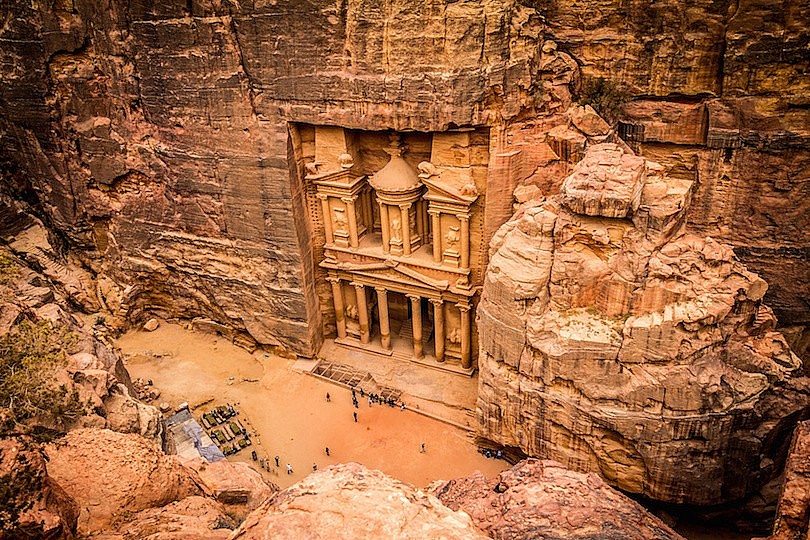 |
| Photo touropia |
Famed for being the setting for Indiana Jones, Petra was once the capital of the Nabateans and a major hub for trade connecting the West with Asia and Arabia. Jordan's most popular attraction, its intricate, rose-colored buildings were carved directly into the rock, leaving visitors in awe for generations. Petra became a major trading hub thanks to the Nabateans' skill at building water supply systems and their strategic location on the slope of Jebel al-Madhbah. Petra is really amazing; it was recently listed as one of the New 7 Wonders of the World.
12. The legendary city of Ephesus, Turkey
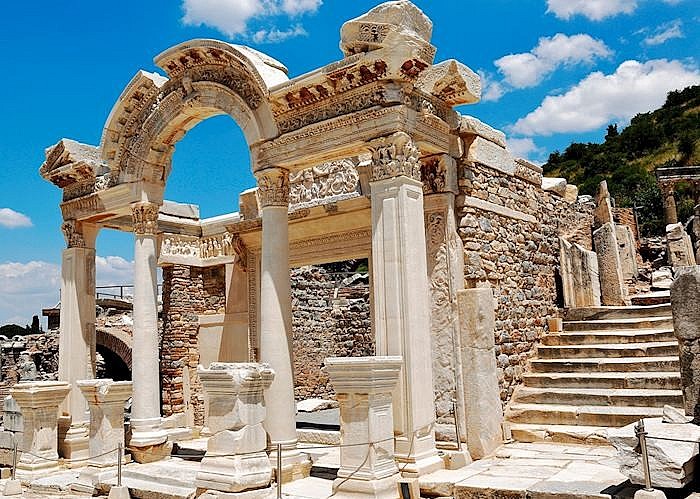 |
| Photo Audley Travel |
Ephesus was a port on the River Cayster, situated southwest of modern-day Selçuk, Turkey. Gradually, it expanded to become one of the biggest Mediterranean cities during the Classical period. Here once stood the wonder of the ancient world, the Temple of Artemis, of which only remarkable remnants survive.
According to legend, Androclus, the son of King Kodrus of Athens, founded Ephesus after receiving advice from an oracle to settle where a fish and a wild boar pointed. When Androclus and his company arrived, they discovered the locals roasting fish by the sea; the fire's embers had ignited a bush, which had then charged a pig, and the city was on its way. The native Cybele and the imported Artemis worshipmed each other well, and the Ephesus of 1000 BC was constructed near the goddess' temple on the north face of Mount Pion (Panayır Dağı).
13. Teotihuacan, Mexico
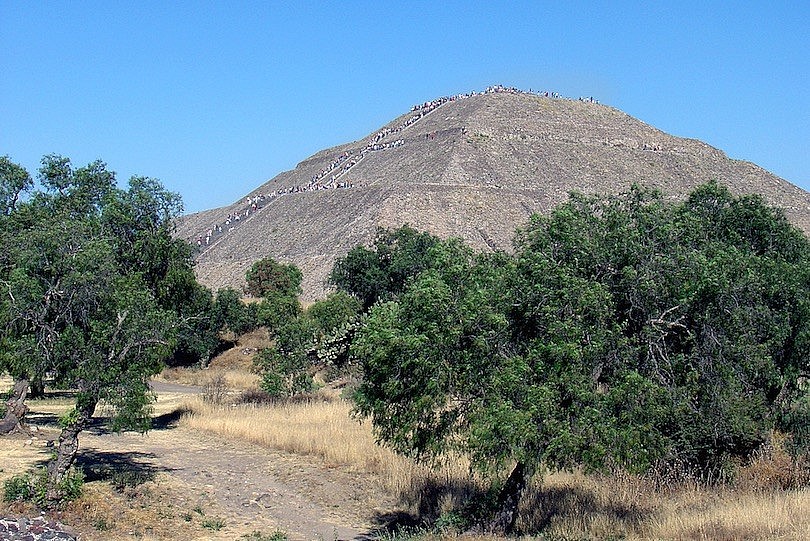 |
| Photo touropia |
In the Mexico Valley, a new civilization emerged in the second century BC. The massive step pyramids of Teotihuacan, a thriving metropolis, were constructed by this civilization. Long-lasting droughts linked to climate change have been linked to a population decline in the sixth century AD. The Aztecs revered and made use of the pyramids of the lost city, turning them into a site of pilgrimage seven centuries after the fall of the Teotihuacán empire.
 Top 10 Best Cities for Nighlife in the US Top 10 Best Cities for Nighlife in the US Book your trip to the best nightlife cities in the USA. Here's where to find the most spectacular entertainment right now. |
 Where Are The Most Friendship Cities In The US: Top 10 Where Are The Most Friendship Cities In The US: Top 10 We let you know the top friendliest U.S. cities where you’ll most likely hear a “Hi,” “Hello,” or “How’s it goin’?” |
 Top 5 Cities In The World With Lowest Cost Of Living Top 5 Cities In The World With Lowest Cost Of Living These cities are famous for quality of life but it is hard to believe that they have lower cost of living than many cities in ... |
























